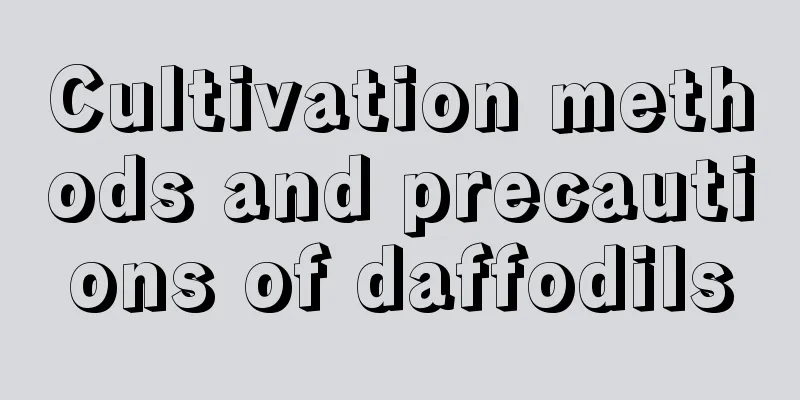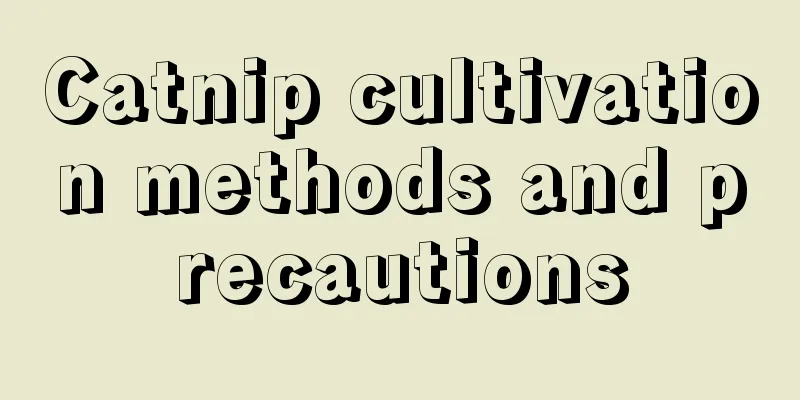What are the cultivation methods and precautions of Tillandsia

Growth habit of TillandsiaTillandsia, also known as purple-flowered pineapple, is an ornamental plant of the Bromeliaceae family and the genus Tillandsia. When the plant grows up, it will emerge from the leaves and bloom. The flowers are dark purple-red, trumpet-shaped, and shaped like a butterfly. They can be propagated by sowing, and the easiest way to propagate is by division. Cultivation method of TillandsiaTillandsia prefers a warm, sunny, well-ventilated and humid environment. It is suitable for planting in well-permeable, loose, fertile sandy loam, and it is better to mix it with a small amount of leaf mold. Water it more in summer. The suitable growth temperature is between 10℃-32℃, and not lower than 10℃ in winter. The Tillandsia potted plant needs to be kept moist at all times, but without water accumulation. The leaves should be sprayed with water frequently, 2-3 times a day in summer. Control watering in winter and the soil in the pot should not be too wet. Tillandsia prefers a semi-shady environment. It can see more sunlight in winter, should be shaded in summer, and can be appropriately shaded in spring and autumn. It can be placed in a bright room near the windowsill at home all year round. Watering methodTillandsia likes a humid environment and needs to be watered frequently during its growth period, generally once every 2-3 days. At the same time, spray water appropriately to keep the air and soil moist. The temperature is lower in winter, so water less frequently and be careful not to allow water to accumulate. Also, be careful not to let the water temperature be too low. Fertilization methodDuring the growing period of Tillandsia, apply nitrogen, phosphorus and potassium compound fertilizer once every half a month, and spray potassium dihydrogen phosphate foliar fertilizer at the same time. This can promote root absorption and growth, and is conducive to lush branches and leaves and healthy growth. Pruning methodsAfter the flowering period of the iron orchid, pruning is necessary. It is best to cut off the remaining flowers and flower stems to avoid consuming too much nutrients, which will lead to poor growth and affect the next flowering. Precautions for cultivation of TillandsiaTillandsia cannot tolerate strong light in summer, so it is best to place it in a semi-shaded, well-ventilated environment. Also, when applying fertilizer, be sure to keep it away from the root system. Do not apply concentrated fertilizer or raw fertilizer to avoid fertilizer burn. After the Tillandsia flower period, trim the remaining flowers and dead branches in time to lay a solid foundation for flowering next year. |
<<: How many days does it take for pitaya seeds to germinate?
>>: What are the cultivation methods and precautions of Bamboo Begonia
Recommend
What are the flowers and plants for the town house?
1. Keel Dragon bones are very suitable for stabil...
Can camellia be watered with vinegar?
Can camellia be watered with vinegar? Generally, ...
Cultivation methods and precautions of Tortoiseshell Peony
1. Maintenance methods 1. Flower pot selection: T...
How to plant Tang fan seeds
Soil selection In order to grow a beautiful Tang ...
How to breed the lucky charm
Propagation of the plant of Lucky Star After the ...
How to prune the roots of Agave tequila
Does the golden-edged agave need root pruning? If...
What fertilizer to use for Tiger Pilan
Sansevieria is not a plant that likes fertilizer ...
When is the right time to sow dragon fruit seeds?
Dragon fruit seed sowing time Pitaya is a plant o...
What is the function of the roots of spider plants
1. Root characteristics The many functions of spi...
How to cultivate bamboo orchid
1. Maintenance methods 1. Temperature: The most s...
How to germinate lotus seeds How to plant lotus seeds after they have germinated
Lotus seed germination method Step 1 : Be sure to...
Planting method and time of Northeast autumn cabbage The best time to plant
Suitable planting time for Northeast autumn cabba...
How to cultivate the strange shape of Mountain Shadow Fist
Characteristics of plants Because it is native to...
Balcony strawberry planting method
Step 1: Prepare Materials Seedlings: All strawber...
What to do if the bottom folds of the cactus are wrinkled and shrunken
1. Drainage and root pruning Reason: Cactus grows...









